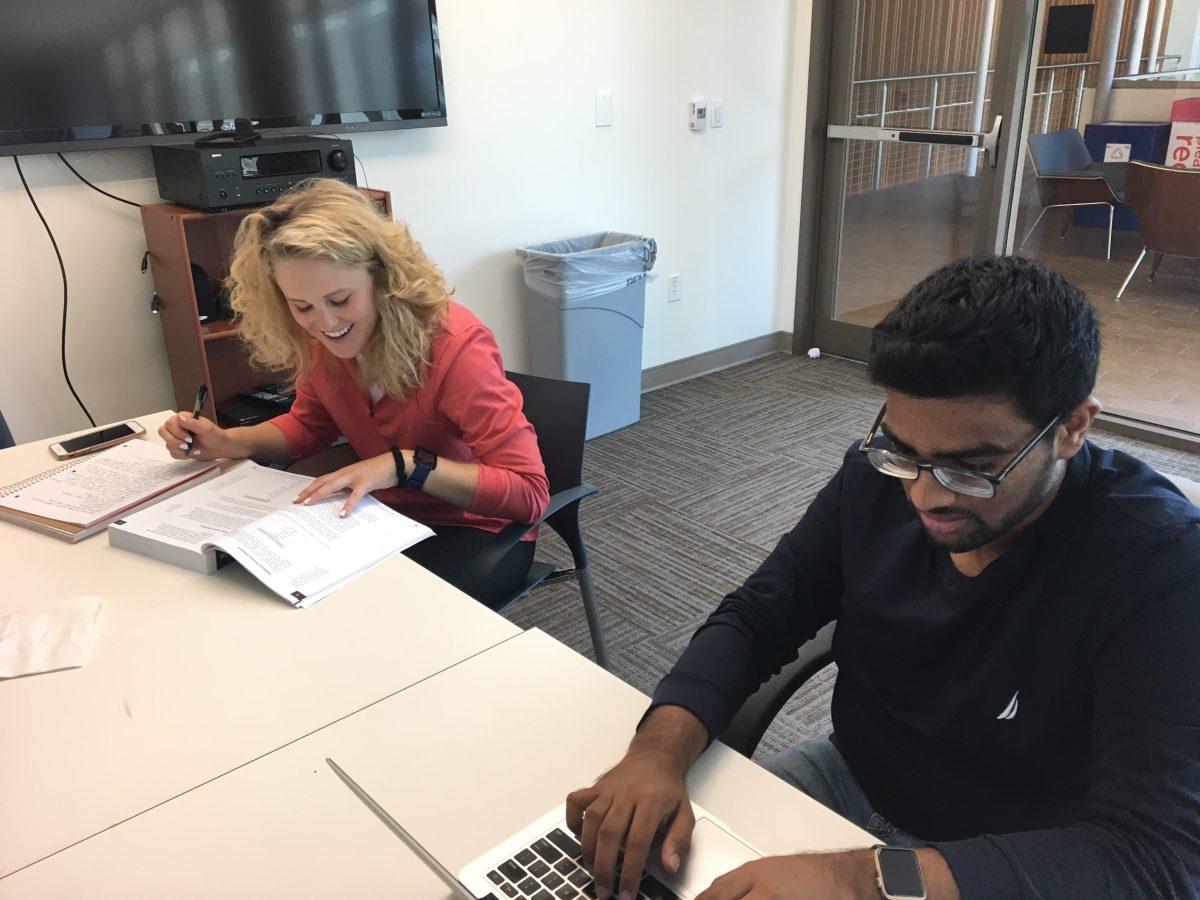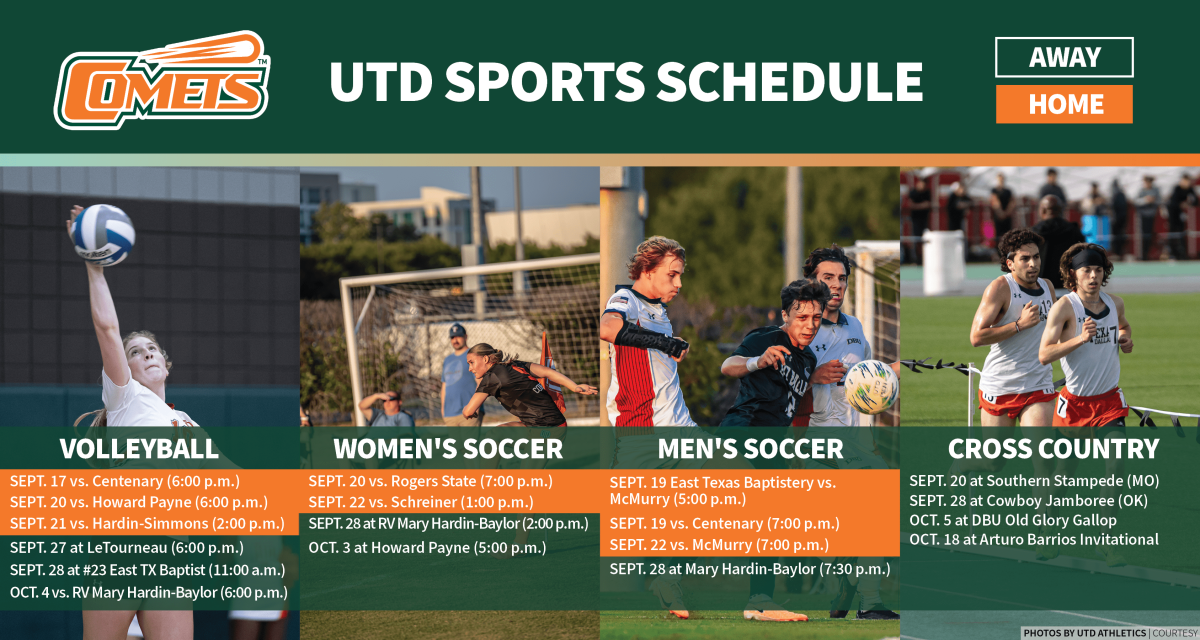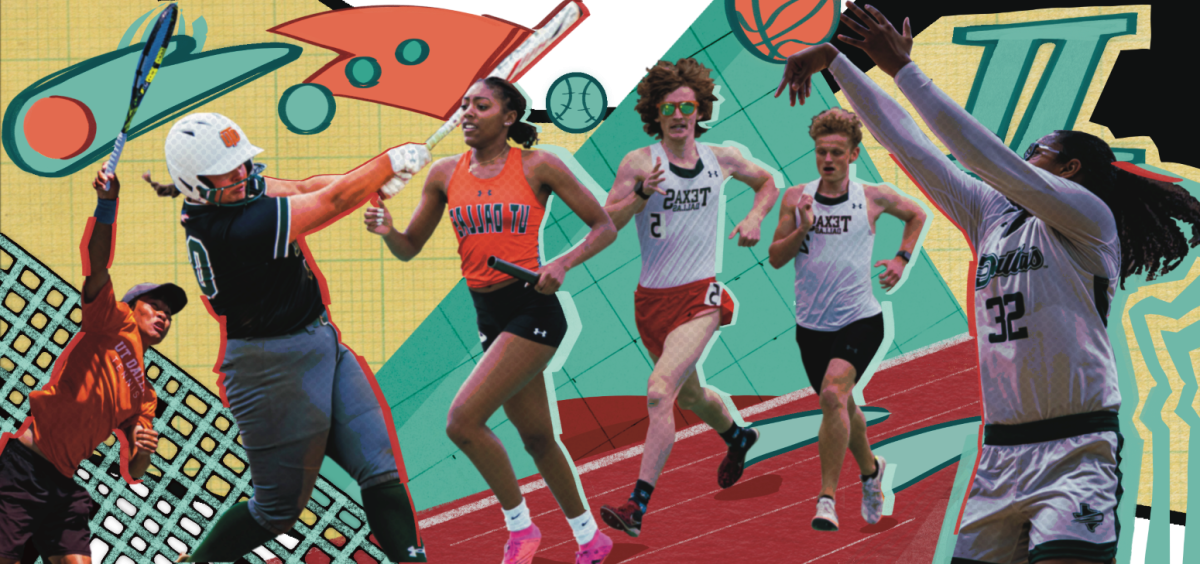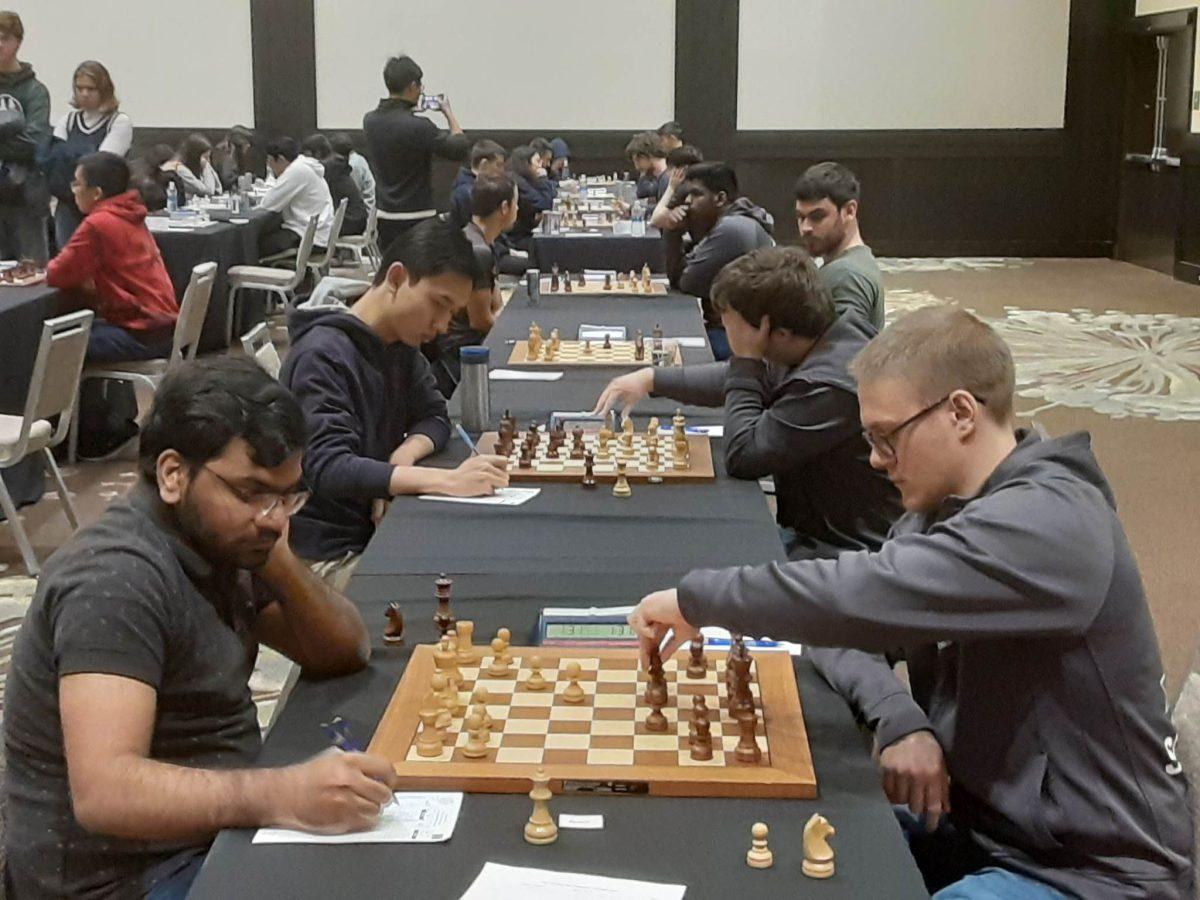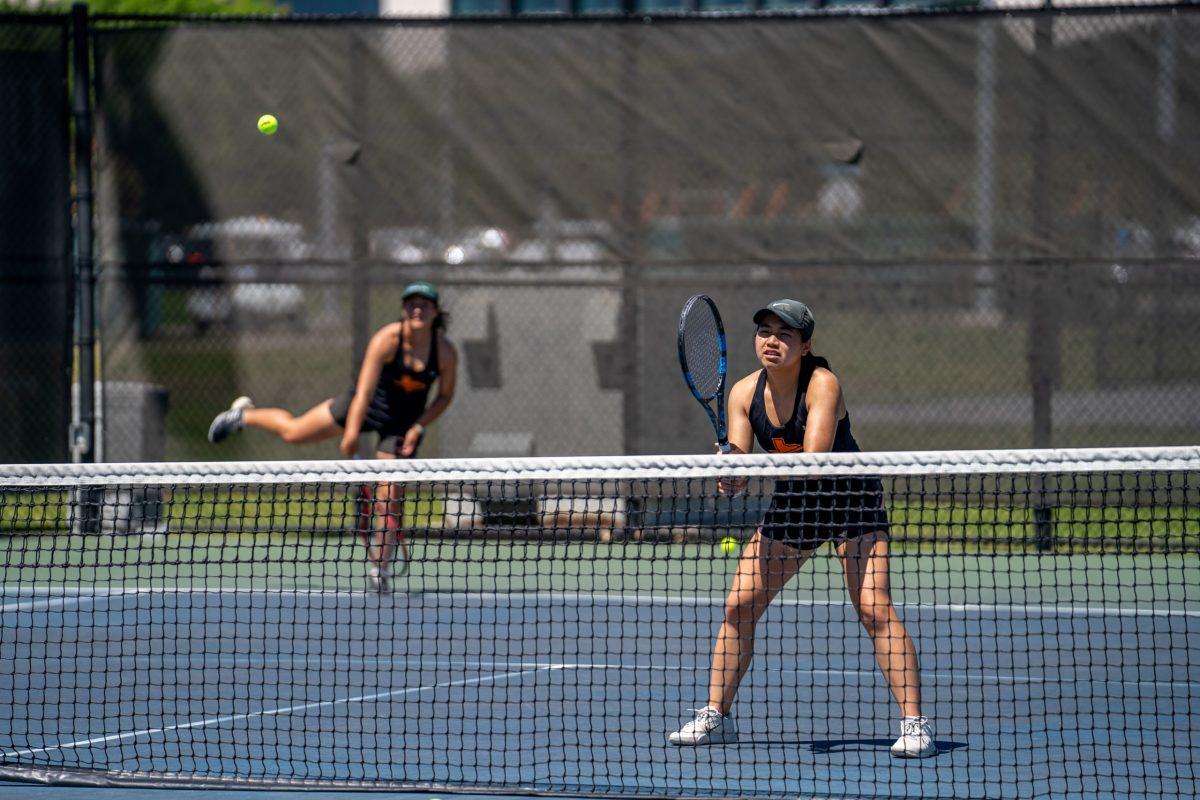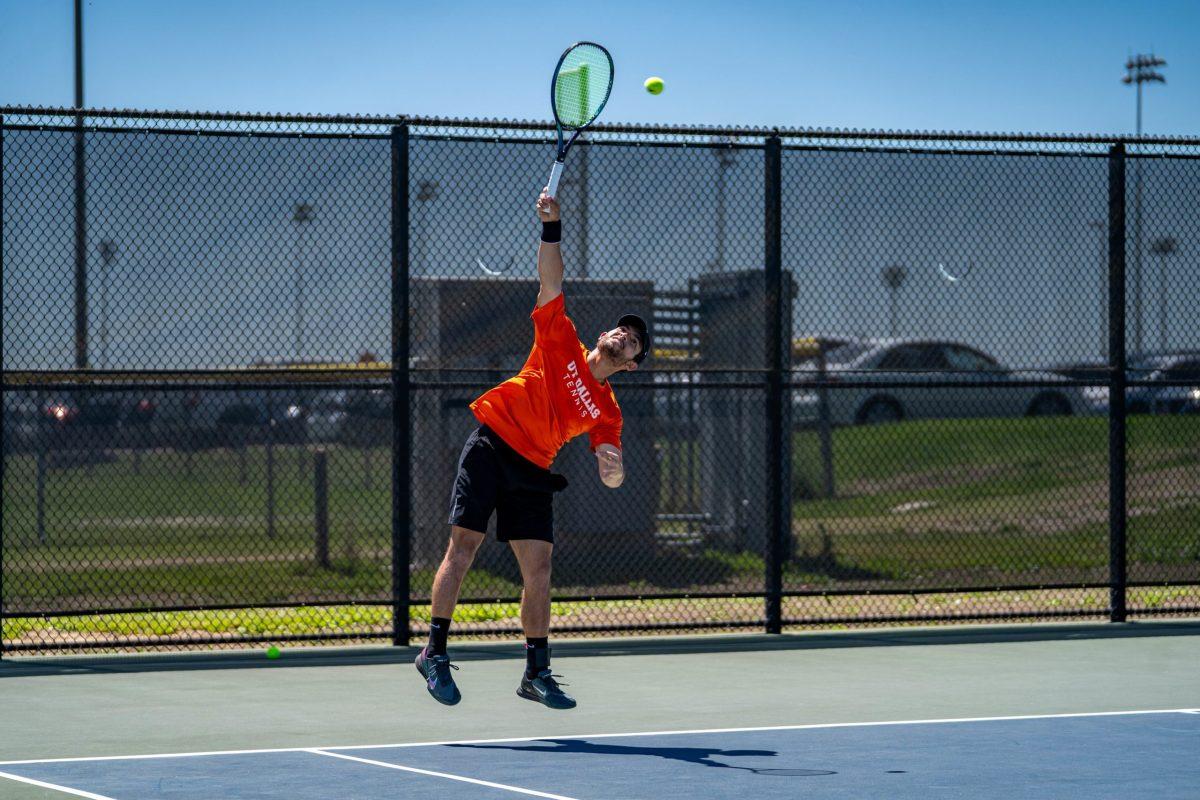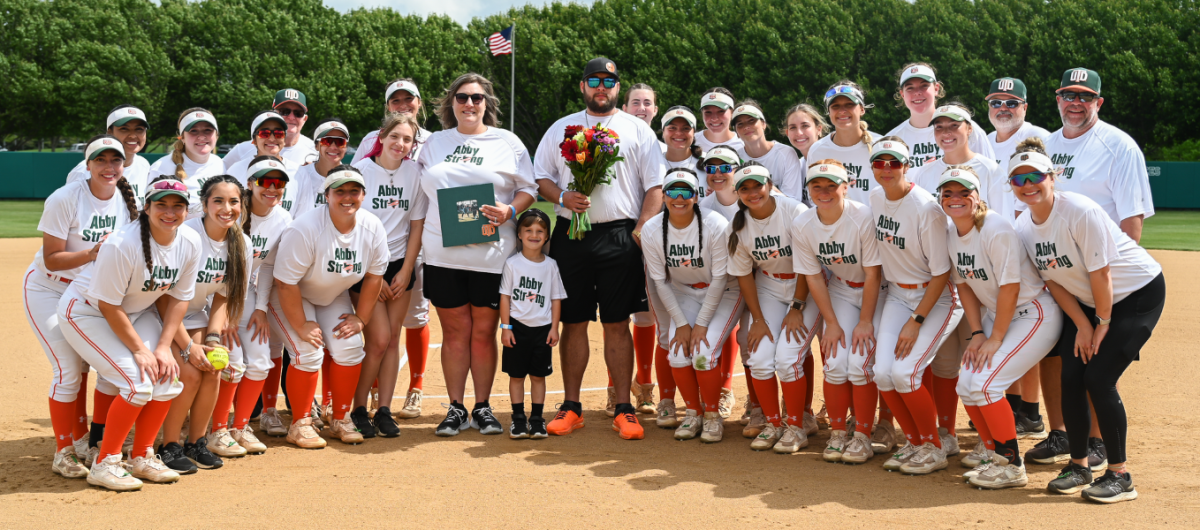The demands required of student athletes have played a role in the national debate about whether or not student athletes should receive additional stipends because of their limited academic flexibility.
Though UTD has a student population of over 25,000, it is a Division III school, which is the smallest category of schools that make up the National Collegiate Athletic Association. Because of its classification, UTD is not eligible to offer its student athletes the incentives Division I schools can give. These incentives include free meal plans, exclusive academic tutoring and athletic scholarships with stipends.
Isaiah Swann, a sophomore baseball shortstop, said student athletes have much busier schedules compared to that of the general student body. In addition to the tight baseball schedule, Swann is a neuroscience major, is taking 17 credit hours and is involved with a research lab.
“It’s really tough because you have a four to five hour block in the middle of the day that you have to take out for sports,” Swann said. “It makes scheduling really difficult and it takes a lot away from what you can do as far as extracurricular activities.
Student athletes at Division I schools are offered athletic scholarships that waive tuition costs and offer a stipend. A variety of schools also offer exclusive academic resources to student athletes such as peer tutors that come directly to the practice facilities.
The men’s soccer has to give up as much as seven hours on a particular game day. This gives athletes a limited amount of time for school-related activities.
Despite not receiving incentives at the Division III level, high school athletes still continue to pursue athletics at these schools because of their passion for their sport. One of the student athletes that debated whether or not she wanted to play after high school is senior Megan Badejo, who plays center for the women’s basketball team. Badejo said she wanted to take her game to the next level and believed that she wasn’t done with playing basketball.
“My high school career ended in a bust, and I knew I hadn’t gotten to my full potential yet,” she said. “I got a lot of joy out of playing and I figured a new beginning would serve me well.”
Swann said while it is difficult to reschedule exams and major projects, student athletes are proactive in making sure that they are on the same page as their professors in regards to what deadlines need to be met.
“The fact that I still get to make up assignments versus taking a zero is a good thing,” Badejo said. “I will say, many professors are learning more about our experience as athletes and are more willing to work with us.”
There are a various number of student athletes that continue to pursue their love for sports in college, even if they do not receive special incentives. Rachel Mullen, a junior women’s soccer midfielder, said she was passionate about soccer and wanted to continue to pursue it throughout her collegiate career. She said she believes student athletes knew what they signed up for and were willing to put in the work as long as they got to compete at the collegiate level.
“I knew I wanted to continue to enjoy my sport until the last possible second I could,” Mullen said. “Division III is amazing to me because we are held to a higher standard for who we are, not because they are paying us to do well.”

